Having spent a lot of time reading about growth loops, Reforge, and complexity theory, I wanted to explore the possibility that everything is a loop.
There has been an emergence of loops as a topic in the product/growth/tech discourse over the last few years. As our understanding of digital products matures, we can analyze and understand them more deeply. A significant shift has occurred in our ability to see businesses and products as systems. And as we start to understand these as systems (something I talked about previously), we unlock new tools and vocabulary for understanding and analyzing them. Being midway through the Reforge program has been keeping loops top of mind and is partly the impetus for this piece.
What I’m interested in doing is building upon the developing “Loop Canon” and start to apply this lens to strategy and business more broadly.
What are loops?
A loop is simply a closed system where the system funnels feedback and output back into itself automatically. The output of the system (value, data, capital) acts as an input for the system’s next iteration. When modelling out a system, we visualize this as a circular loop, hence the name.
“A system with an unchecked reinforcing loop ultimately will destroy itself…Usually a balancing loop will kick in sooner or later.”
Loops generally have three core properties, as described in Reforge. These are Return, Cost, and Scope.
- Returns are the output from a single iteration of the loop.
- Cost is the effort required to perform that single loop: these are the inputs.
- The Scope represents the possible range of your efforts. What is the minimum amount of inputs required to get meaningful returns? What is the maximum output (return) your loop can achieve?
Loops are a feature of systems. They are not unique to digital products, though that group is helping to bring the conversation more mainstream in certain circles.
Optional: Introduction to Growth Loops
For the uninitiated, I’ll work through a simple growth loop, such as a referral program. Let’s say you run a social network, and you are trying to grow. You decide to use a referral program as your source of growth, creating an incentive for users to invite their friends.
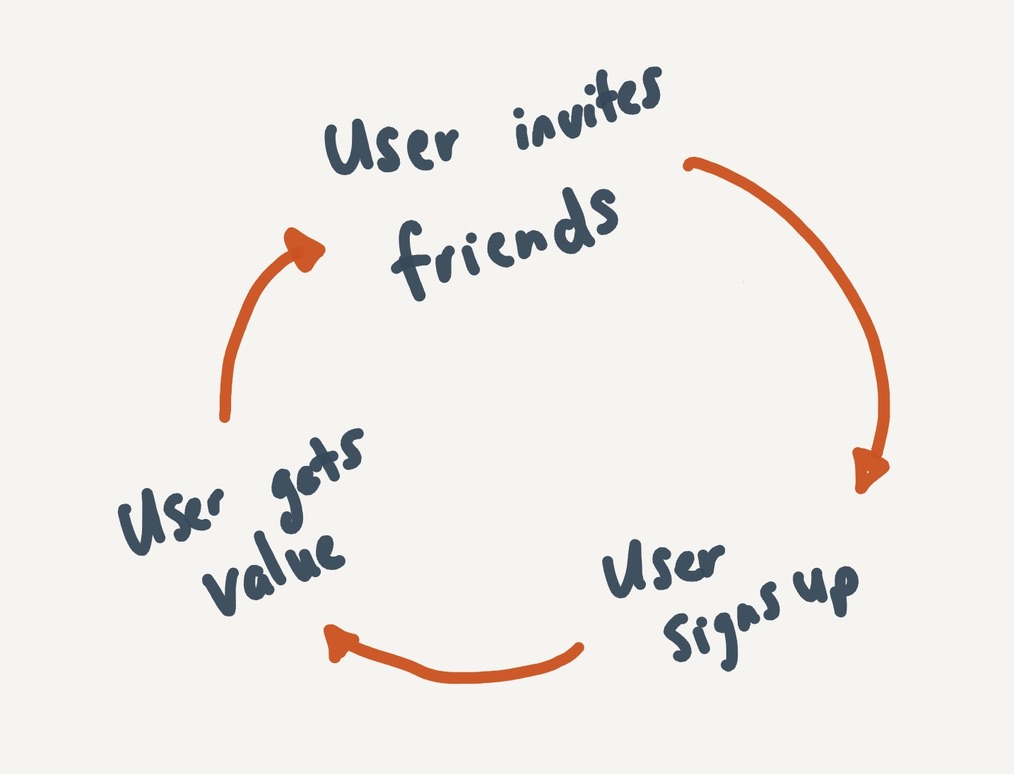
What you learn after some time is that each user invites ten friends shortly after they sign up. Of those ten friends, two will consistently register. This number, two new users, is your return for each loop. If you’re able to do the math quickly, you will see that you have started a chain reaction where your first ten users will invite ten people (100); of those, twenty will sign up. Now you have 20 new users inviting ten people each (200), and you will get forty new users. Repeat this loop several times, and you’ll get thousands of customers and continue to grow.
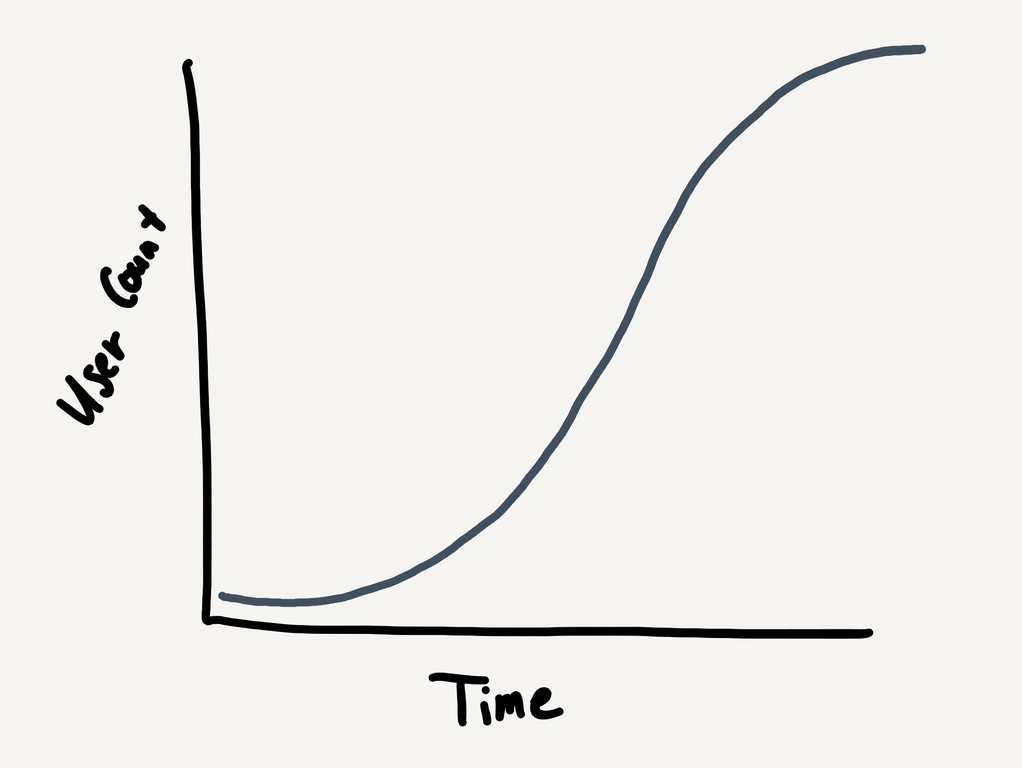
What about your costs? The nice part about referral loops is they can be free if you’ve structured it that way. Otherwise, your cost for each iteration is your incentive per referral.
There are a couple of potential limits to the maximum scope of this growth loop.
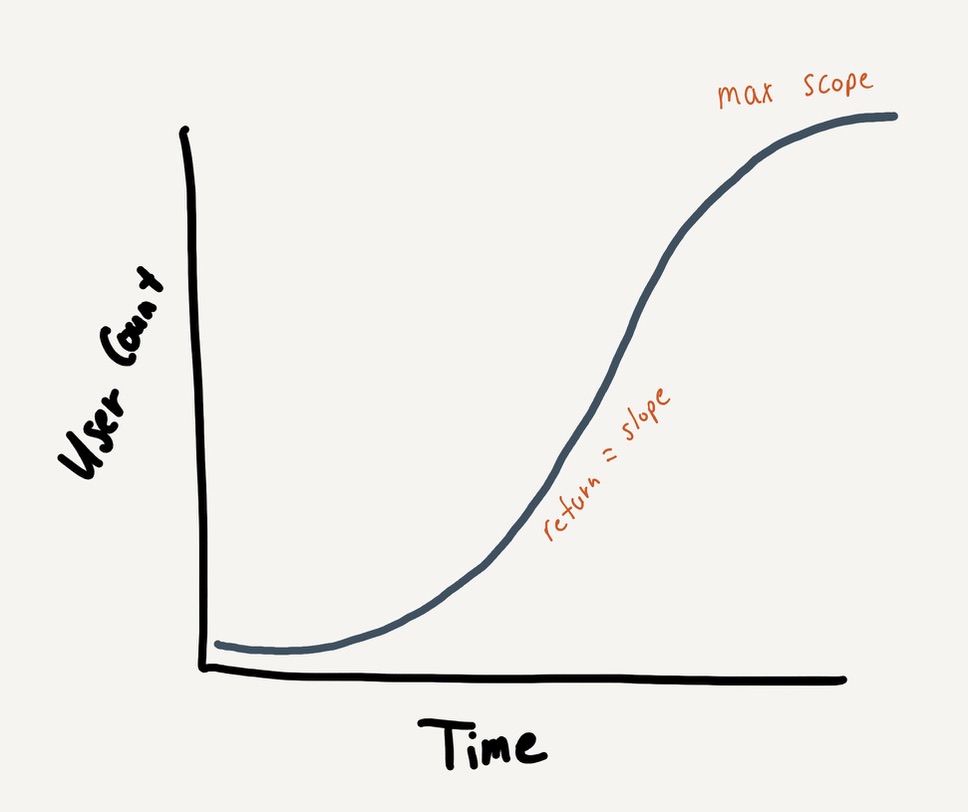
The first is physical capital: if you’re offering a monetary incentive and don’t have enough cash on hand, you will soon reach an audience size where you can no longer afford to pay for referrals. The holy grail for companies is to get organic (free) referrals and growth so that capital is no longer a constraint. The second potential limitation is the audience who is interested in your product. Either the social networks of your users are limited (maybe they all know the same people and are unable to break out of that bubble), or you reach everyone in the world (something Facebook will soon run in to). As you can imagine, all loops will run into a ceiling at some point.
Let’s make things interesting
Okay, let’s use this lens of the world and take it a few steps further. What makes loops interesting is you can use them as a way to model various aspects of the world. Since my focus is on businesses and products, so I’ll limit myself to examples in that realm. Let’s look at two examples: BCG’s Experience Curve and social proof.
BCG’s Experience Curve
In 1999, BCG introduced the Experience Curve as a way to model economies of scale. It was seen as a revolutionary concept and helped manufacturing businesses understand how to be competitive and evaluate entry into new markets.
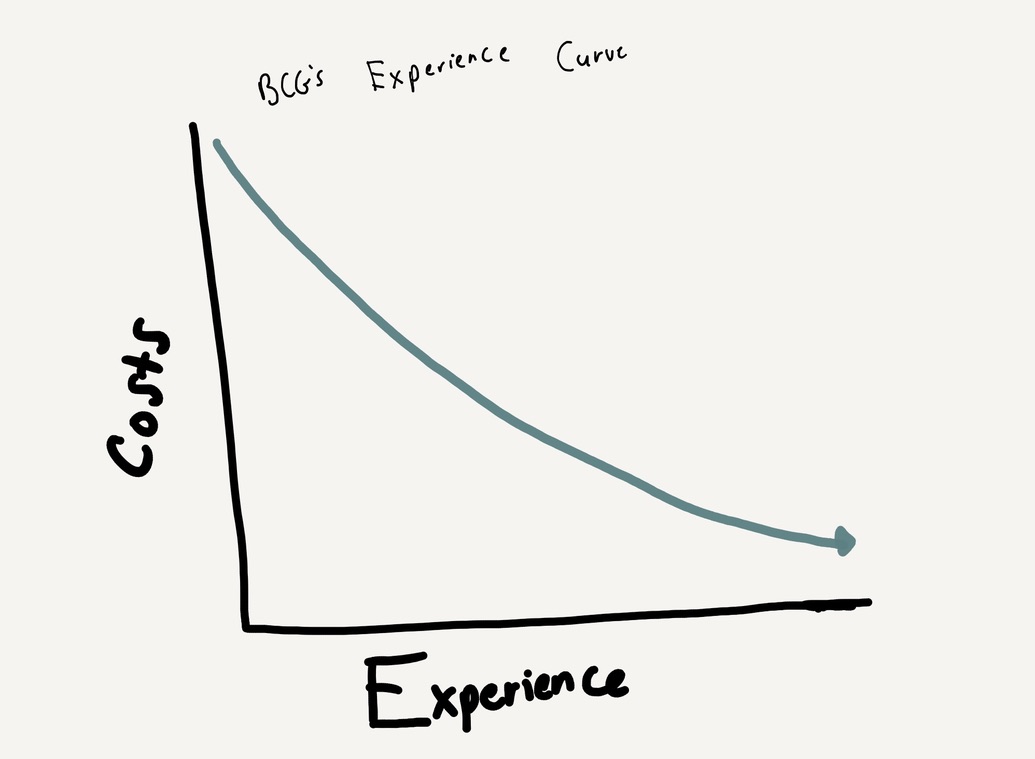
As a business produces more units and becomes more experienced, they can produce things at lower costs. This cost advantage had a moat-like effect, giving companies in the lead a self-reinforcing effect of being able to price lower, thus selling more and gaining further experience.
This type of pricing power, economies of scale, usually has two explanations:
- With high production volumes, you’re able to divide fixed costs over a larger unit base to lower marginal costs. For example, a $1,000 factory costs $10/unit if you’re only producing 100 units, but falls to $1/unit if you hit 1,000 units. Lower marginal costs make expansion decisions more economical at high volume.
- Gaining experience in production allows you to produce more cheaply. This one is more interesting, and one that I believe is modelled by BCG and by loops.
If we turn #2 into a loop, we can see a few different things.
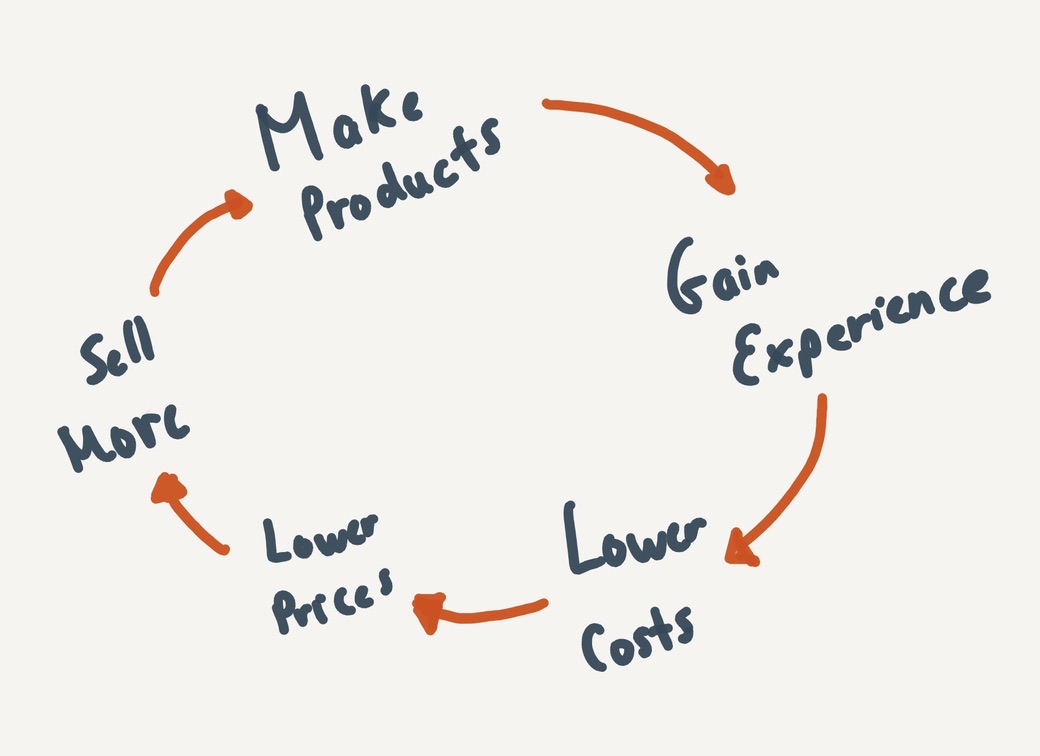
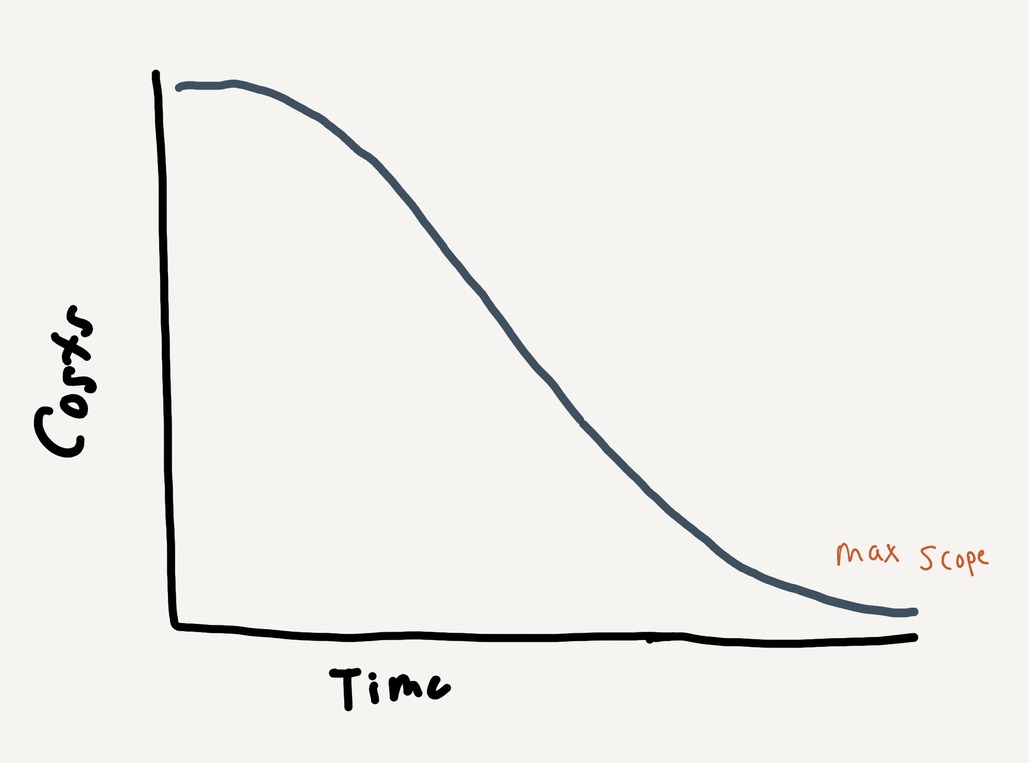
Back to loops. What is interesting is if we simply model a business as a network or loop, this framework starts to become an obvious fact. There is an implicit explanation for why the experience curve is a phenomenon that makes sense: feedback loops. As a business gains more experience in producing something, they are often able to do it more economically, which has self-reinforcing effects. There is also a natural floor to costs due to physical limitations and the fact that costs can’t reach zero or go negative…or can they?
Does this model break when we come to software and the internet? With software, costs can go to zero. Now what? When the cost loop renders itself useless, you need to find new loops as an organization to compound growth. This is why we see businesses make data plays; they are looking to create a value loop, compounding the value they provide for customers over time.
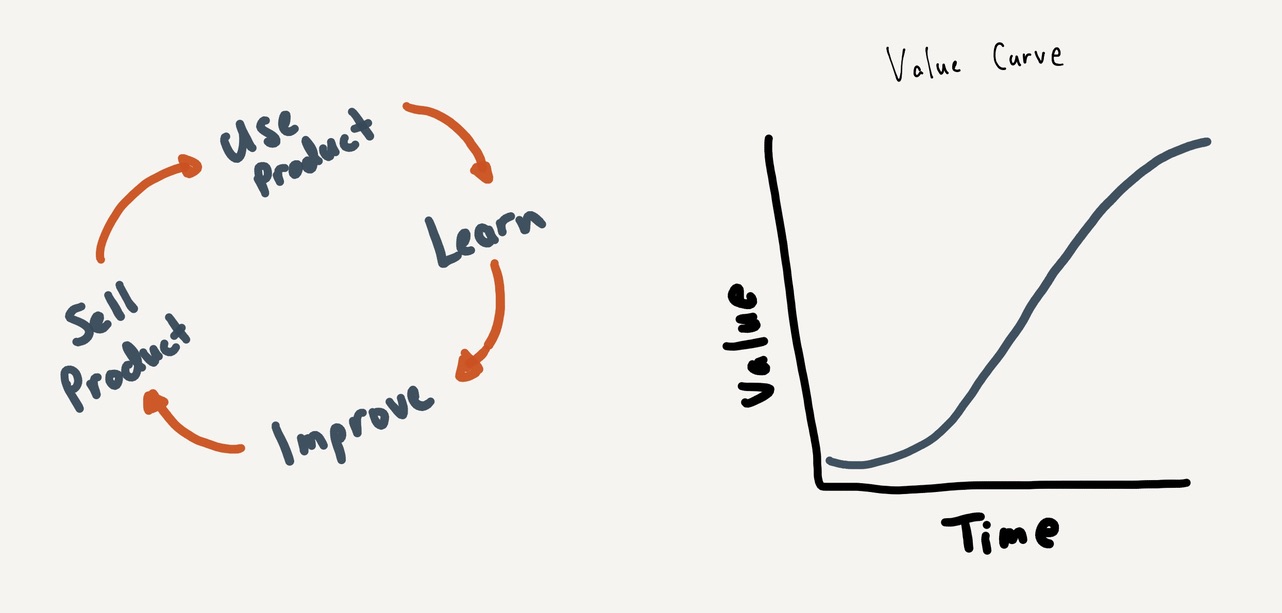
In this new experience curve, experience improves your ability to meet the needs of customers, providing pricing or competitive advantages in the long-term. As a quick addendum, to actually get benefits from experience takes intention and work. Most companies struggle to close the loop and compound their advantages over time.
I am not positioning this essay as a ground-breaking analysis, more of an interesting observation that everything is a loop. Perhaps if BCG had the system’s vocabulary we do today, they could have represented it more cyclically.
Social Proof as a Loop
Another phenomenon we can model with loops is social proof and growth via that channel. Social proof is a behavioural phenomenon where we as humans often outsource judgement to others and modelling our behaviour after them. Because social proof relies on seeing others, the more people using the product, the stronger the effect, making social proof a great candidate for modelling as a loop. Branding makes this loop clearer: the visibility of the brand drives demand; more demand and subsequent purchases drive more visibility.
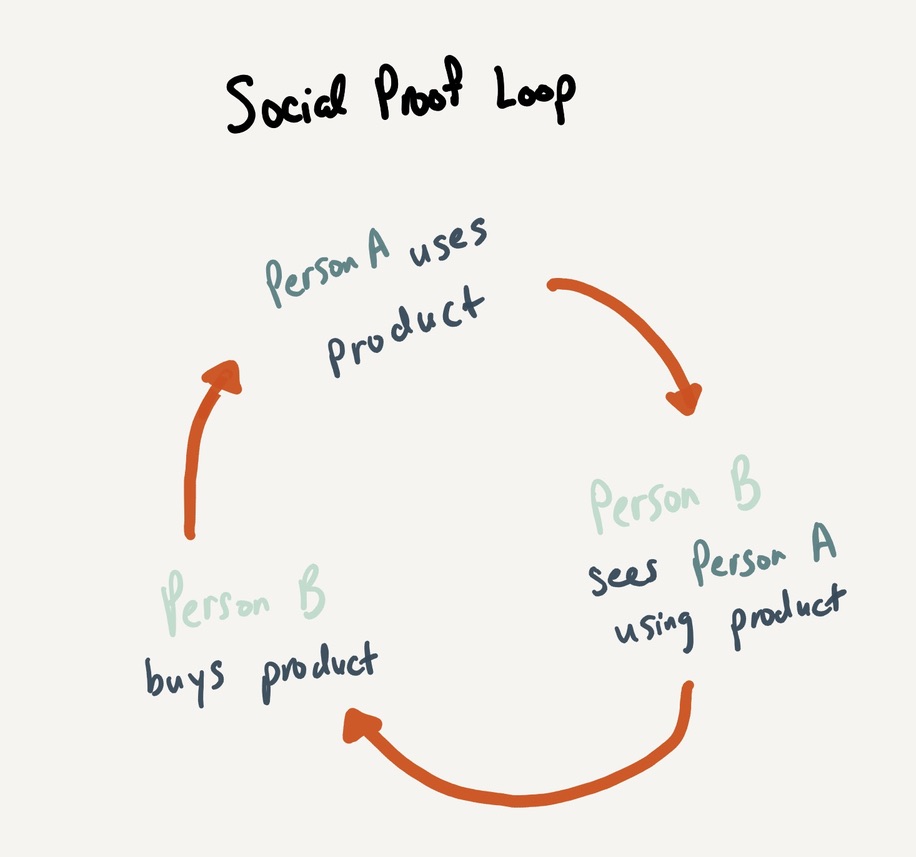
What makes social proof such a tricky loop is it’s one you need to bootstrap with other means. You can’t take advantage of it as your core growth driver if nobody else is using it yet. How can you seed social proof? One popular method is through the use of influencers & exclusivity. These tactics prey on the social phenomenon of scarcity: “I can’t have it; therefore, I want it.” I used to believe that you can’t tactic your way to growth, but seeing how effective influencer marketing and exclusivity can be, I have been proven wrong.
Is everything just a loop?
Learning how to see systems in the world feels like one of those absurd red pill moments, except in a positive way. Having a deeper understanding of the world gives you a superpower; you can explain certain phenomena that seem opaque to many others.
I can’t tell if this is actually the case, or I am force-fitting this lens onto everything I see. Is everything really a loop?
